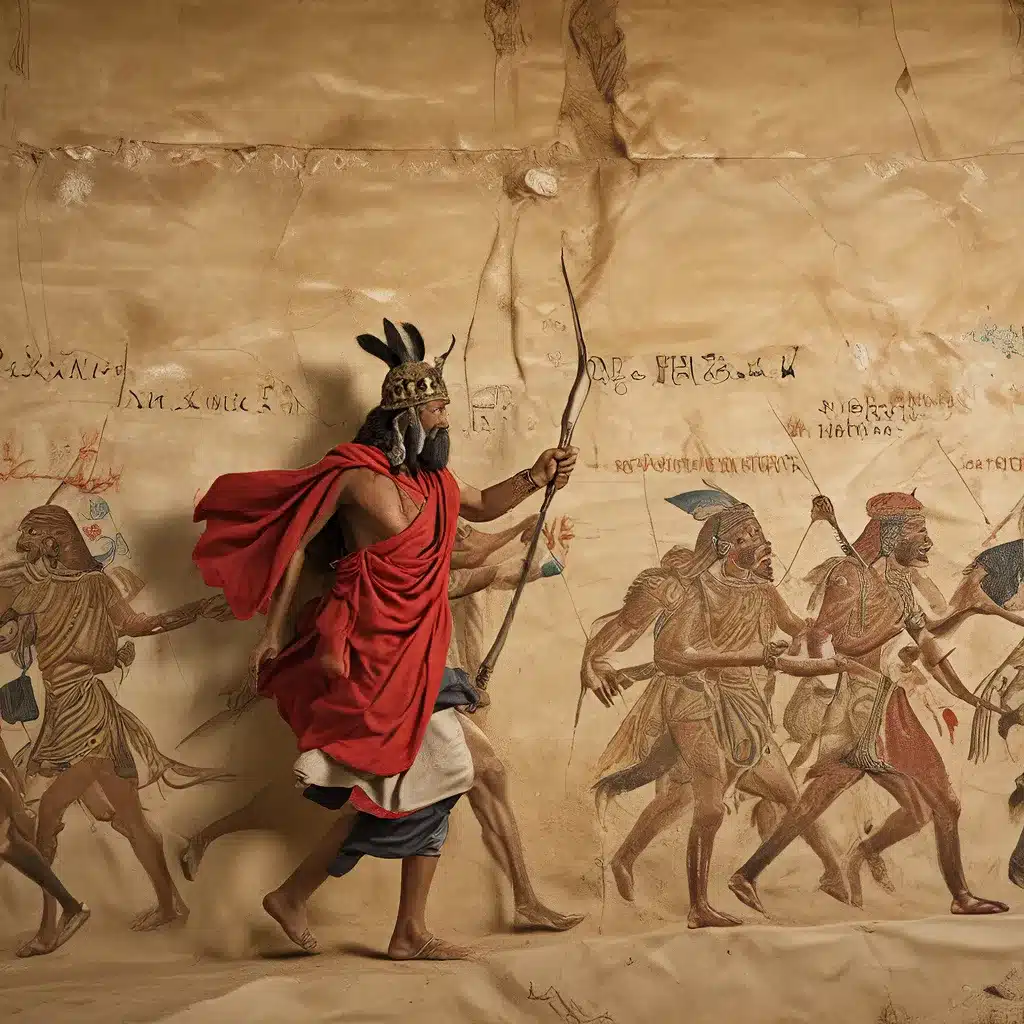
Tracing the Footsteps of Forgotten Civilizations
The study of ancient civilizations and their migrations has long captivated historians, archaeologists, and the public alike. While the narratives of renowned empires like the Romans, Greeks, and Egyptians have dominated much of our understanding, the untold stories of lesser-known cultures often remain obscured. Across the globe, the migrations and settlements of diverse ancient peoples have left indelible marks on the landscape, waiting to be rediscovered and celebrated.
One such example is the intriguing tale of how Chinese restaurants came to proliferate across the United States in the early 20th century, despite pervasive anti-Chinese sentiment. As the Chinese Exclusion Act of 1882 barred the entry of Chinese laborers, entrepreneurial individuals found a loophole by opening restaurants, which were granted special “merchant” status and allowed to sponsor relatives. This led to an explosive growth in the number of Chinese restaurants, from quadrupling in New York City between 1910-1920 to more than doubling again in the following decade.
Archival research and historical statistics reveal how these restaurants not only provided a means for Chinese immigrants to bypass restrictive immigration laws but also served as vital economic and cultural hubs, supporting families both in the US and back in China. The remittances and patronage from these establishments helped finance community projects and improve lives in the immigrants’ hometowns, showcasing the far-reaching impact of these unassuming eateries.
Uncovering Genetic Diversity in the Andes
Similarly, the sequencing of an Incan child’s genome has shed new light on the substantial genetic diversity that existed in the Andes prior to the arrival of the Spanish. Archaeologists and geneticists discovered that the DNA of the seven-year-old boy, who was sacrificed in a ritual 500 years ago, represented a previously unidentified lineage that is now virtually absent in modern South Americans.
This finding suggests that the devastating consequences of colonization, including disease outbreaks that killed up to 90% of native populations, resulted in the dramatic loss of genetic diversity across the continent. As one researcher noted, “You can imagine that a lot of genetic diversity was lost as well.”
The Aconcagua mummy’s remarkable state of preservation, attributed to the high altitude and freezing temperatures of its burial site, has provided a rare window into the genetic makeup of ancient Andean peoples. This insight not only highlights the dynamic interactions between European colonization and the adaptive strategies of indigenous communities but also underscores the importance of studying ancient DNA to better understand the complex demographic histories of the Americas.
Reclaiming the Narratives of Marginalized Communities
Beyond the realms of genetics and archaeology, the reclamation of marginalized narratives has become a crucial aspect of modern historical scholarship. Across the American South, the stories of African American women and their deep connections to the land have long been overlooked or suppressed, yet they hold the key to a more comprehensive understanding of the region’s cultural and social fabric.
One powerful example is the personal journey of a writer who, as a child, was immersed in the Gullah-Geechee culture of Hilton Head Island, South Carolina, only to later recognize the profound significance of her experiences. Through her exploration of the land, its ecosystems, and the legacies of the Black communities who have inhabited it, she has come to champion the concept of “womanist cartography” – a framework that centers the narratives, memories, and spatial experiences of Black women in the American South.
By tracing the footsteps of her ancestors, from the popcorn fields of her grandfather to the sacrificial rituals on Daufuskie Island, the writer has come to understand the land as a sacred, living entity with its own stories to tell. This reclamation of marginalized histories not only illuminates the dynamic interactions between people and place but also serves as a powerful tool for healing, reconciliation, and the restoration of cultural memory.
Navigating the Complexities of Ancient Migrations
The tales of ancient migrations and the rediscovery of forgotten civilizations are not merely academic exercises; they hold the potential to reshape our understanding of the past and its lasting impact on the present. Whether it’s the adaptive strategies of Chinese immigrants in the face of exclusionary policies, the genetic diversity of pre-colonial Andean populations, or the deep-rooted connections between African American women and the southern landscape, these stories challenge us to rethink the dominant narratives and embrace the rich tapestry of human experience.
As we continue to uncover the untold stories of ancient migrations, we are confronted with the complexities of cultural exchange, adaptation, and resilience. These narratives remind us that the past is not a static, monolithic construct but rather a dynamic, multifaceted tapestry that continues to unfold, revealing new insights and possibilities for understanding our shared histories.
By engaging with these alternative perspectives and amplifying the voices of the marginalized, we can forge a more inclusive and nuanced understanding of the human experience – one that celebrates the diversity of ancient civilizations, honors the perseverance of forgotten communities, and inspires us to build a future rooted in cultural understanding and respect. Ultimately, the journey of exploring ancient migrations is not just about uncovering the past; it is about redefining the present and shaping a more inclusive vision for the world.


